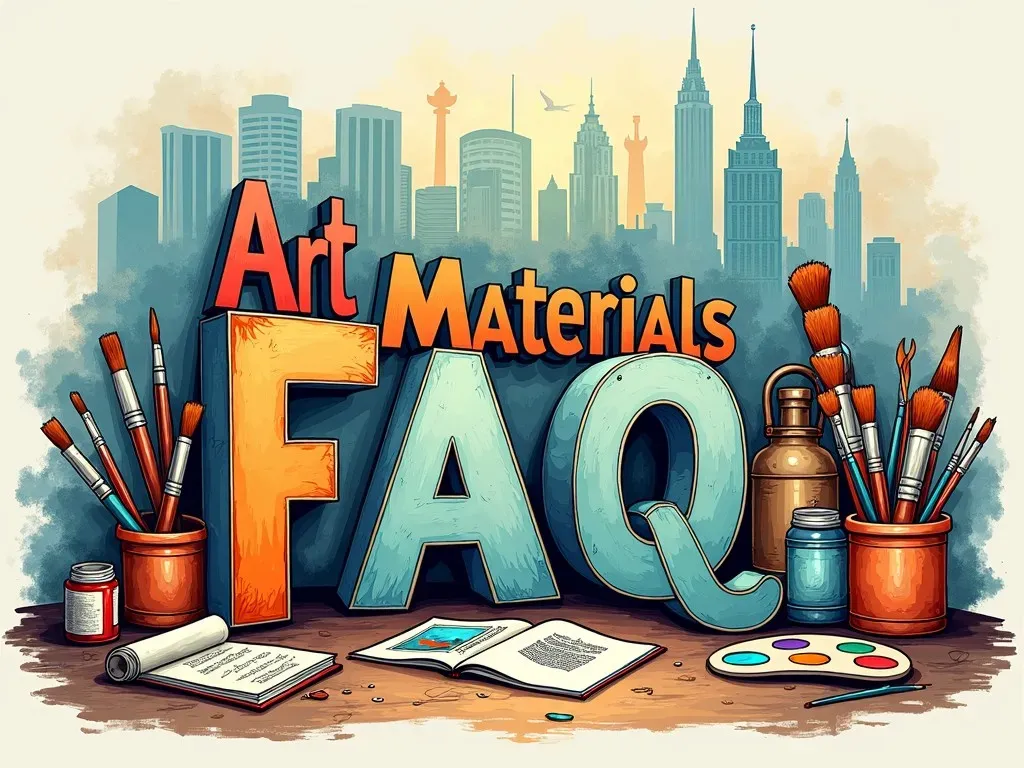Art materials Boston: Are you an aspiring artist, a muralist, or a hobbyist looking for the best Supplies in this vibrant city? Look no further! This guide highlights some of the top art supply stores in Boston, Massachusetts, catering to various artistic needs and mediums.
Top Art Supply Stores in Boston
Boston is home to several renowned art supply stores that cater to the diverse needs of artists at all skill levels. Here’s a list of some of the best places to buy art materials in and around Boston:
| Store Name | Address | Phone Number | Website |
|---|---|---|---|
| Blick Art Materials | 401 Park Drive, Boston, MA | (617) 247-3322 | Blick Art Materials |
| Artist & Craftsman Supply | 50 W Broadway, Boston, MA | (617) 451-2095 | Artist & Craftsman |
| Mass College of Art Supply Store | 621 Huntington Ave, Boston, MA | (617) 879-7888 | Mass Art Supply |
| Paper Source | 689 Washington St, Boston, MA | (617) 267-5100 | Paper Source |
| Michaels | 1300 Washington St, Boston, MA | (617) 731-9600 | Michaels |
Specialty Stores for Unique Supplies
In addition to mainstream art supply stores, Boston also boasts specialty shops that cater to unique artistic mediums. Whether you’re searching for high-end materials or niche supplies, these stores have you covered.
-
The Beautiful Stuff Project
- Address: 36 Charles St, Boston, MA
- Description: This store focuses on recycled and sustainable materials, providing a creative space for artists who want to create environmentally friendly art.
-
Gateway Arts
- Address: 60 Washington St, Brookline, MA (near Boston)
- Description: Offering a wide variety of art materials specifically for artists with disabilities, supporting inclusivity in the art community.
-
Rugg Road Paper
- Address: 179 Rugg Rd, Boston, MA
- Description: Specializes in an extensive selection of paper, ideal for artists who prioritize texture and quality in their work.
Reference Video
Online Shopping for Art Materials in Boston
With the rise in online shopping, many local stores now offer online shopping options for convenience. Consider checking out their websites for available products and shipping options:
-
Jerry’s Artarama
- Website: Jerry’s Artarama
- Known for their affordable prices and extensive inventory, Jerry’s also offers a range of sales for art materials.
-
Blick Art Materials Online
- Website: Blick Art Materials Online
- Their online store showcases a wide range of products, with frequent discounts and promotional offers available.
Useful Facts and Figures
Boston has a thriving art scene, contributing to a diverse market for art supplies and materials. Here are some impressive figures regarding the art supply industry in Boston:
| Statistic | Figure |
|---|---|
| Number of Art Supply Stores | Over 30 |
| Average Price Range for Oil Paints | $10 – $50 per tube |
| Percentage of Artists Shopping Online | 45% |
| Estimated Revenue of Art Supply Stores | $15 million annually |
FAQs About Art Materials in Boston
1. Where can I find the best art materials in Boston?
For the best selection, Blick Art Materials and Artist & Craftsman Supply are top recommendations. Each offers a unique range of art materials and tools catered to various artistic styles and preferences.
2. Are there any eco-friendly art supply stores in Boston?
Yes, The Beautiful Stuff Project focuses on sustainable and recycled materials, perfect for artists looking to create with an environmental conscience.
3. How can I purchase art supplies online in Boston?
Many local stores provide online shopping options, including Blick Art Materials and Jerry’s Artarama. You can browse their extensive catalogs and have supplies shipped directly to your home.
4. Do the art supply stores in Boston offer student discounts?
Many stores offer discounts for students. It’s best to bring a valid student ID and inquire about potential savings when shopping.
5. What types of art supplies can I find in Boston?
Boston’s art supply stores stock a wide variety of materials, including oil paints, acrylics, watercolors, sketchbooks, canvas, and specialty items for crafts and mixed media.
By exploring these art supply stores in Boston, you can ensure that you have access to high-quality materials to fuel your creativity. Whether you’re a student, a practicing artist, or just getting started on your artistic journey, the resources in Boston are abundant and diverse. Happy creating!
